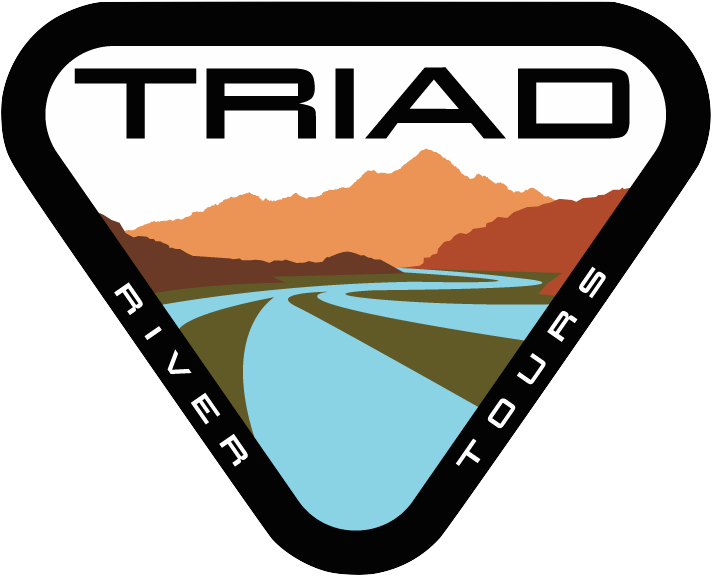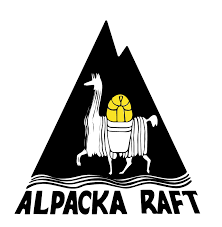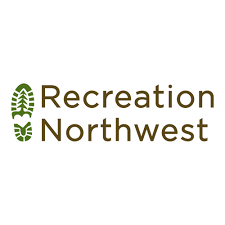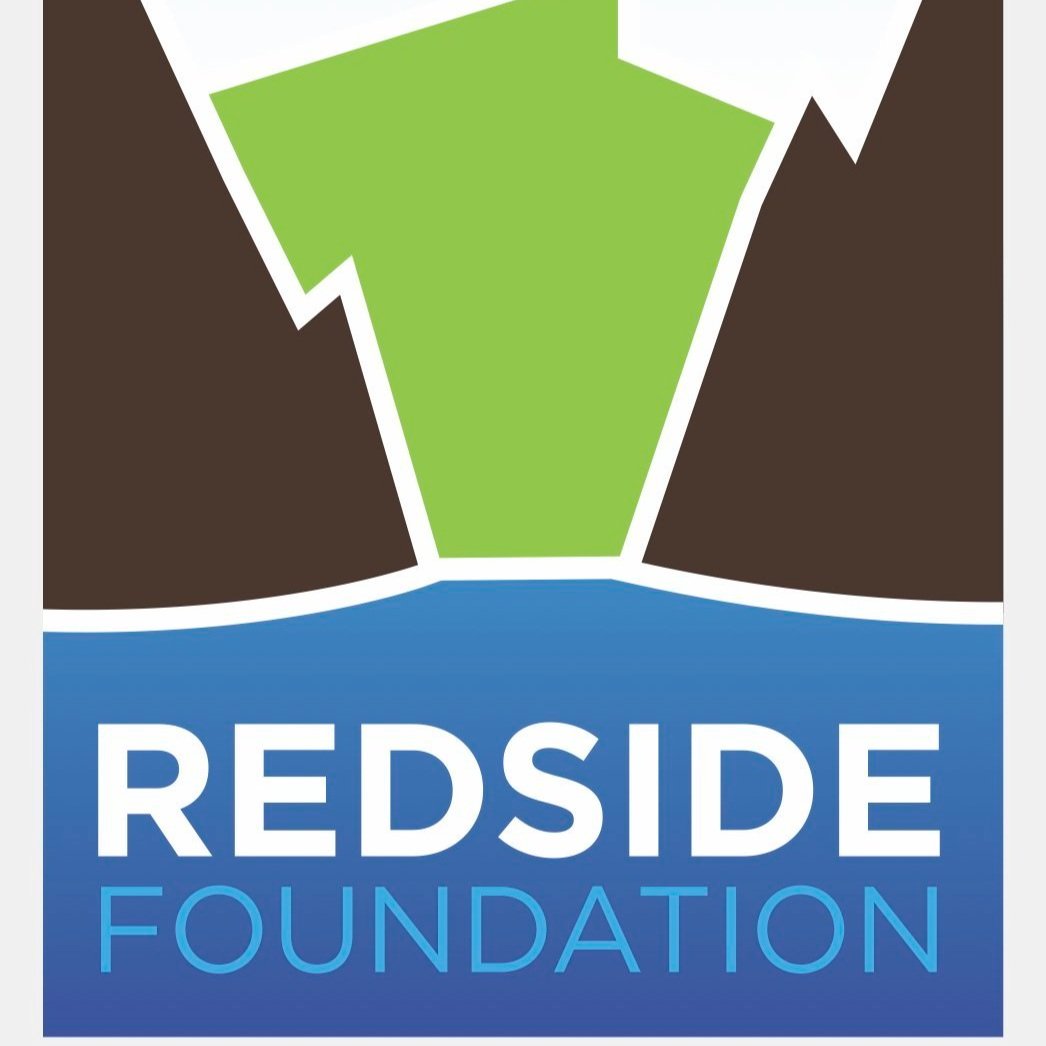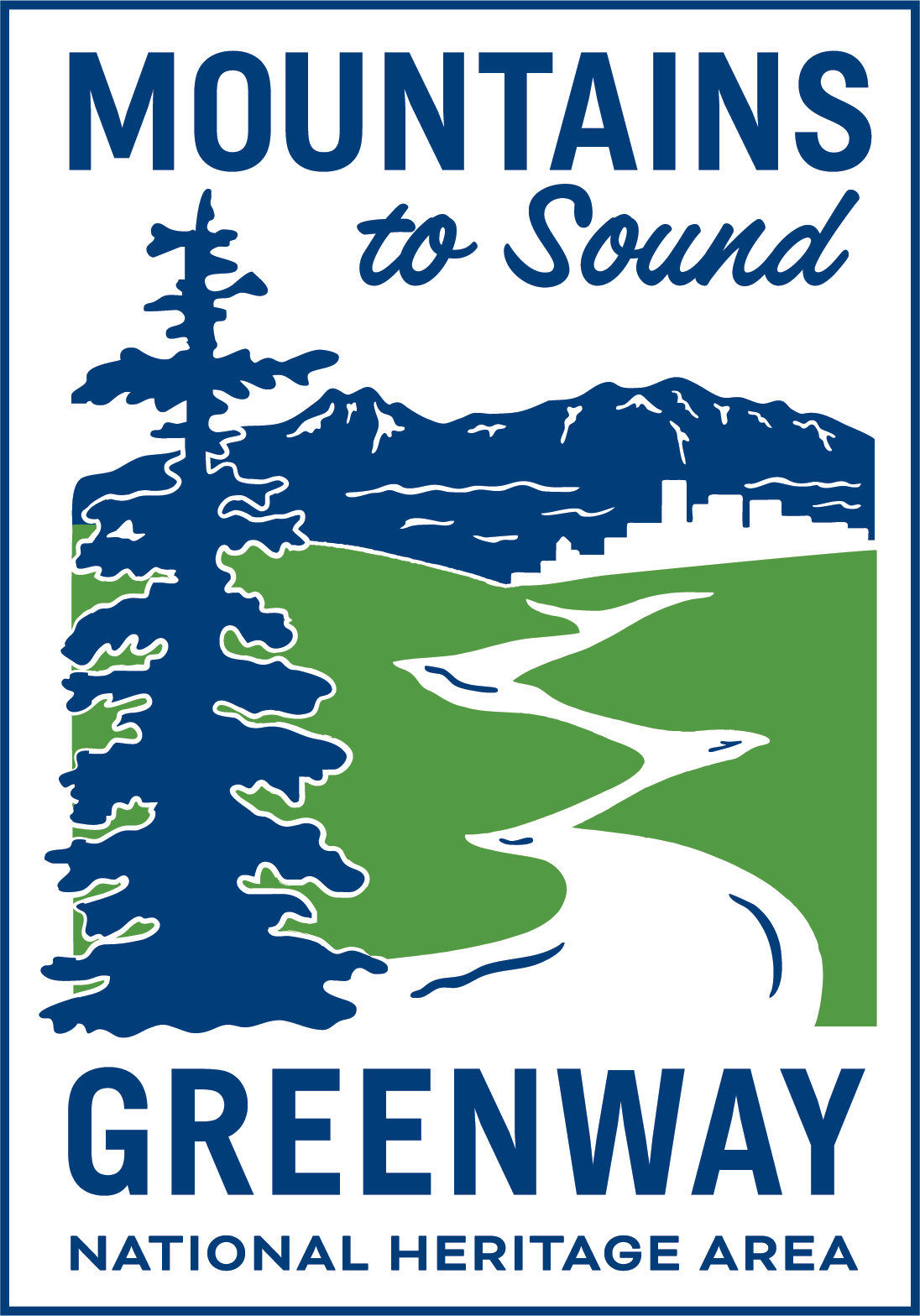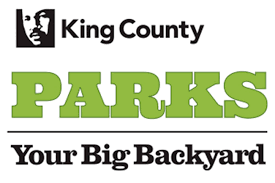Triad River Tours Whitewater River Rafting Safety Talk
Notes: The safety talk is a foundational base of knowledge by which all participants of a river trip will work together to increase the level of safety and work collectively through the use of a particularly effective rescue system. The safety talk is always open to discussion and questions, and will never be foregone for the sake of time (or anything else). We believe that a strong, detailed safety briefing is an essential part of a professionally guided, responsible river rafting adventure. It is something that we take seriously, because it involves the safety of our guests and the quality of our trip. What follows is an informal overview of a general safety talk on a river rafting trip with Triad River Tours.
Safety Talk Overview
Introductions
Guides names
Qualifications
All guides are certified to Washington State Standards
WFA/WFR –or- First Aid and medical qualifications.
PRO-1 w/ Swiftwater Safety Institute (or other SRT/SAR training)
River Conditions & Protocol Intro
Current Flow (in CFS)
Current Water Temperature
Evacuation count and location
Nearest Emergency Medical Services and estimated response time
Sauk: 15 minutes
Skykomish: 10 minutes
Skagit: 15-25 minutes
Snoqualmie: 20 minutes
Protocol Overview
Name of river or section
Triad follows procedures established by Swiftwater Safety Institute
Practiced and tested by our certified guides
Guide Giving Safety talk can insert their experiences on this river and what they think of it here
Duty to Warn (at least 3 of 4)
Hypothermia (always)
Notes: America Outdoors Association Winter 2007 Newsletter: Commercial operators and clubs in paddlesports should undertake to warn people of the effects of cold water immersion and should increase their explanations as to how to re- spond to cold water immersion. First - a guide or outfitter doing safety briefings should warn participants to be aware that immersion in cold water will lead to involuntary re- flexes like gasping and panic, all of which will greatly increase the victim’s respiratory and cardiac responses. The verbal warning should notify people that this response will occur in normal healthy people and that folks with any of the common risk factors asso- ciated with heart disease should be especially cautious in choosing this activity.
Stages
Cold Shock
immediately relevant
gasping underwater causing drowning in many case studies
Swim Failure
Relevant within 3 minutes of immersion
Wood & Strainers (always)
Foot Entrapment (and other general types of entrapment)
Big Water & Flush Drowning (may need to swim to bank)
Aggressively swim back to the raft –or- to the bank if deemed the best way to rescue.
Communication
Verbal
No need to ask permission of strangers
We are all on the same team
Be rescue ready
Don’t be afraid to yell and use your voice
Pandemonium/Stay Calm/Listen to your guide
Non-Verbal
I’m ok/You’re ok (head pat)
Whistle Blasts (1 to get attention, 3 for emergency or flip)
Eye contact
Guides always point to safety
Rescue Procedures
Notes: Reach Row Throw Go used by all Swiftwater Rescue Schools, Fire Departments, Sherrifs office, Military, Boy Scouts; remind guests that it is a global industry standard for commercial whitewater, it works and in every rescue it is what we will utilize at Triad.
Simple is smooth and smooth is fast
4 types of rescue, starting with the most simple and avoiding complexity
Hold on to your paddle if you can, but do not allow paddle to inhibit your rescue
Whitewater swimming (2 kinds) and “choice”
Passive swimmers position (nose and toes out of water, feet and eyes downstream)
Aggressive swimming (Michael Phelps analogy)
Notes: Feet are up in both types
Reach - Row - Throw - Go (the rescue system)
Reach
Demonstrate this by showing reaching and pulling in by life jacket “lapels” or shoulder straps
Demonstrate utilizing reach rescue utilizing a T-grip rescue which extends rescue radius
Reach rescue is the most effective and efficient form of rescue and by far the most common –so- if this rescue can be utilized effectively it makes more serious rescues unnecessary.
Throw
Utilized when swimmers are in two areas, in cases of flip, but avoided unless necessary due to introduction of entrapment risk by added rope to river.
Ropes float and are yellow
Grab them with hands do not wrap around wrists or body
Turn around backwards to be pulled in so you can breathe
If guide asks you to pull someone in abandon paddle and pull swiftly, then “reach” rescue when they get to the raft
If a guide requests, you may be asked to throw the rope back into the river in order to prevent entrapment (more common in continuous whitewater or when the rope snagged on something)
Row
Utilizing the raft as a rescue device
Often times raft will pass swimmer in order to maintain “containment” and/or “bracket” the swimmer to prevent a flush situation
Listen to your guide (no need to tell guide repeatedly that your loved one, family member, or tinder date is in the river; we can all count to 8 and know when someone is missing from the raft)
Once back to raft perform “reach” rescue
Go
Techniques that are more contemporary and a result of more Class 5 kayaking in highly exposed areas
Most rare type of rescue, and most serious, but if you raft long enough you will see one
Adaptive and Creative (always different)
Often requires a “live bait” or “strong swimmer”
Show descending ring and quick release buckle
Often requires guest participation
If guests want to assist they can step forward (no need to talk to guides, simply being nearby tells them you’re willing)
If guests are waiting stay warm by moving around or doing jumping jacks
“Paddle” Talk
T-Grip dangers
Keep holding on to T-Grip as it represents an immediate danger
Resting position; flat on your legs in a position ready to go forward or back
Forward paddling
Back paddling
Paddle commands
Flip Preparation & Prevention
Hi-siding
Recovery
Differing systems here in different places. Triad advocates to recovery raft FIRST in order to transform raft from a disabled position into a rescue capable craft.
In colder water, on smaller, minimalist type trips this is the way to do it as repeated immersion in water is much more dangerous
In warmer places people are pulled up on top of upside down rafts but we will not do that. You must tread water and hang on to raft or swim to another raft or shore when raft is flipped.
Guide will check clear, and give commands; you may have to let go of the rope and “swim away” at least for a moment while guide “rights” raft.
Once raft is right side up we have another “reach” rescue, and then we’re rafting again.
Ideally this all happens within 1 minute.
Go Rafting
Triad River Tours whitewater rafting instructional video.
Swiftwater Rescue
Triad River Tours emphasizes the use of Swiftwater Rescue Procedures, and proudly partners with the Swiftwater Safety Institute for all SRT-1 and guide training procedures. Our river manager is a Swiftwater Rescue instructor. This is one key difference between Triad and our competitors; we invest in the safety training necessary. What is Swiftwater Rescue? See below:
Safety Code of American Whitewater
The Safety Code of AW is universally applicable to nearly every whitewater situation. Understanding the methods suggested, and the guidance therein, is useful to all river runners, both professional, private, and commercial passenger.
Please click here and explore for yourself this excellent overview of whitewater safety.
